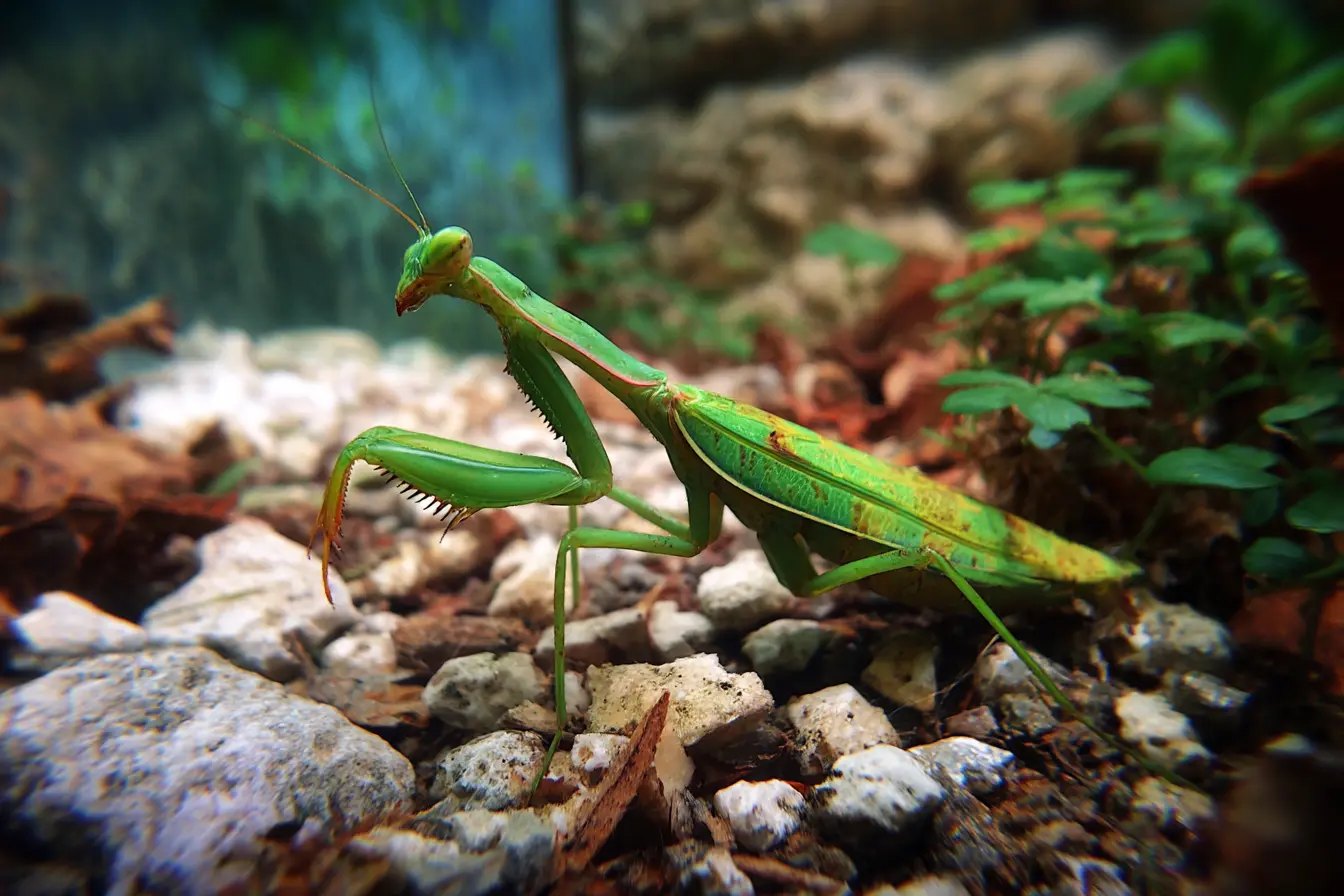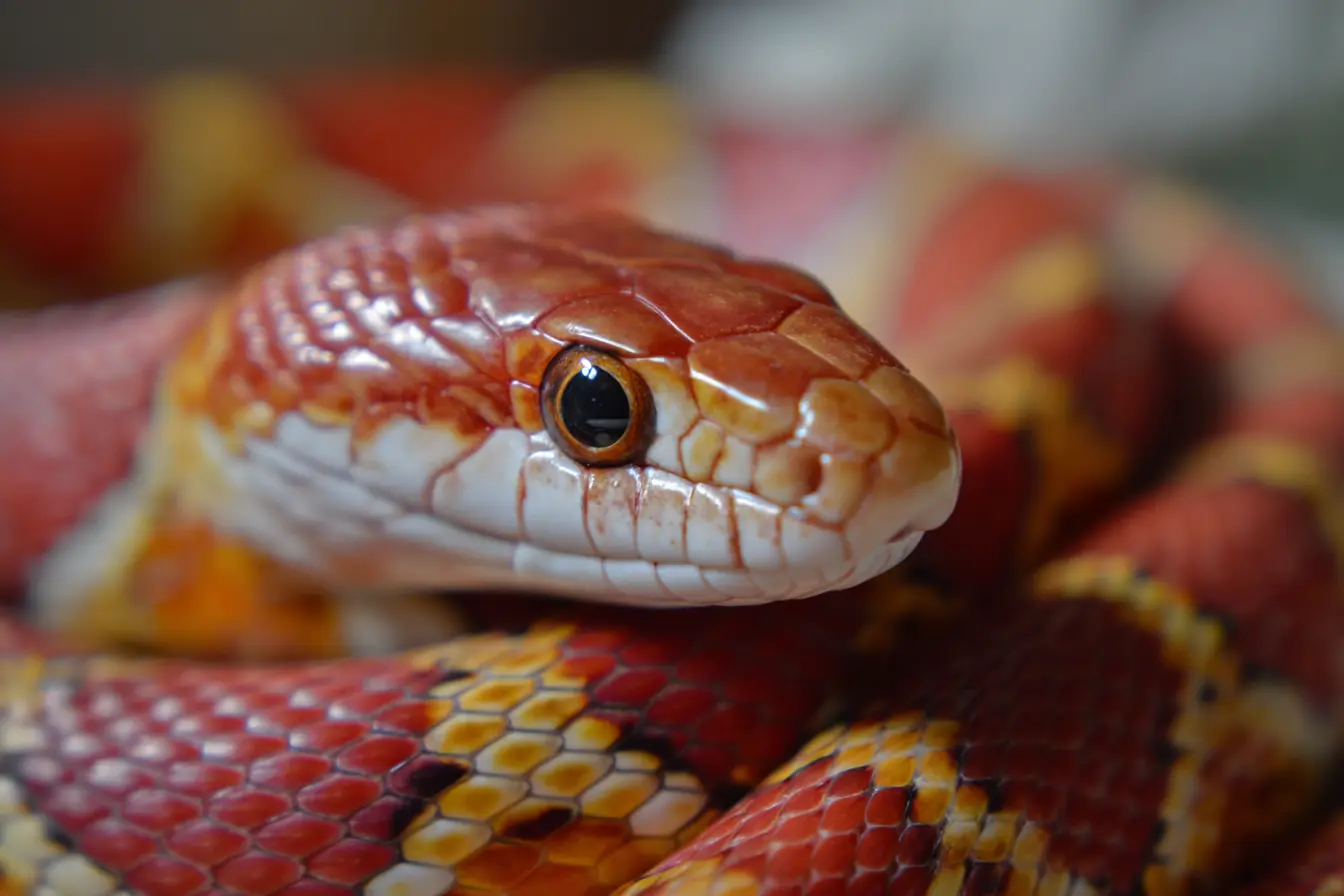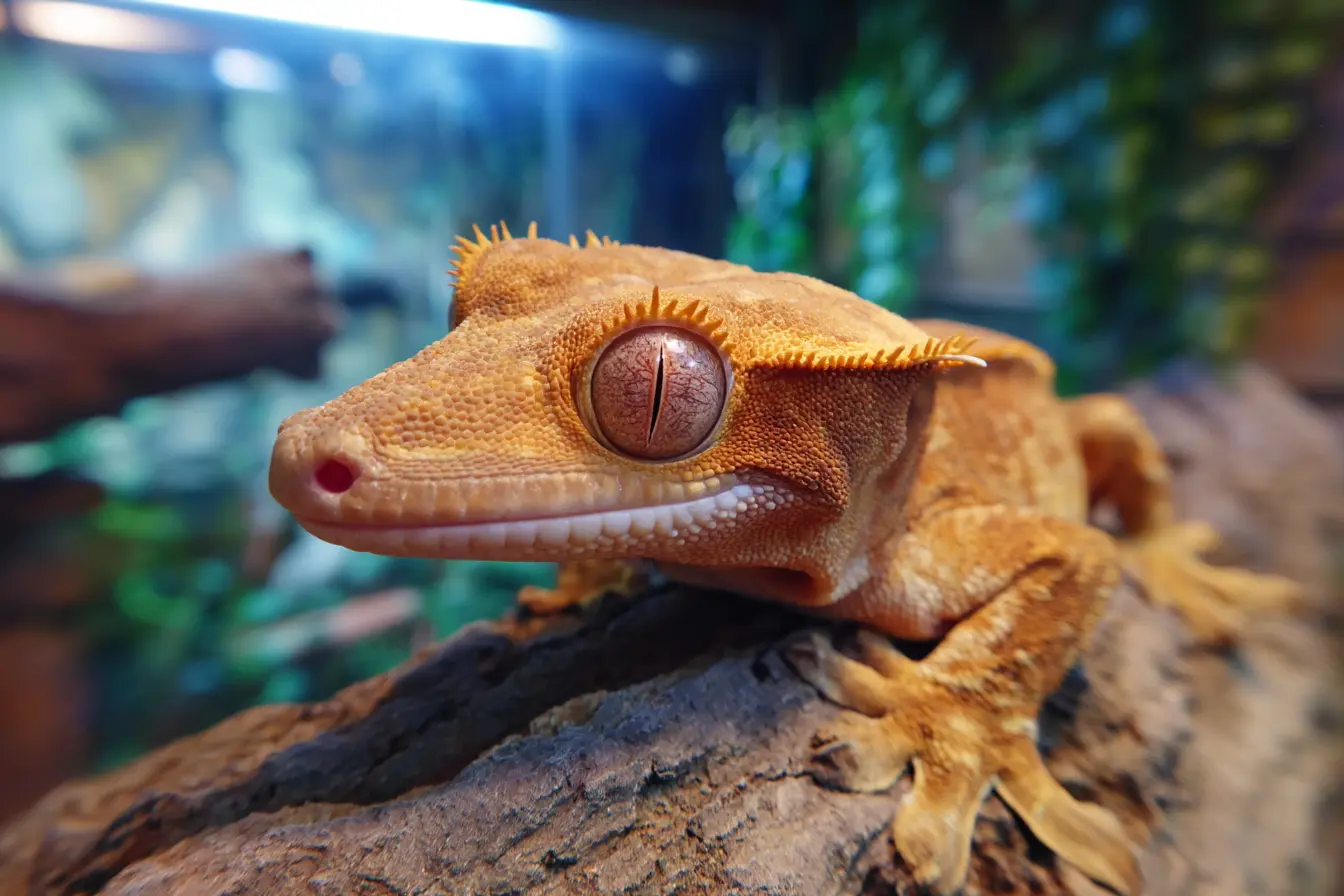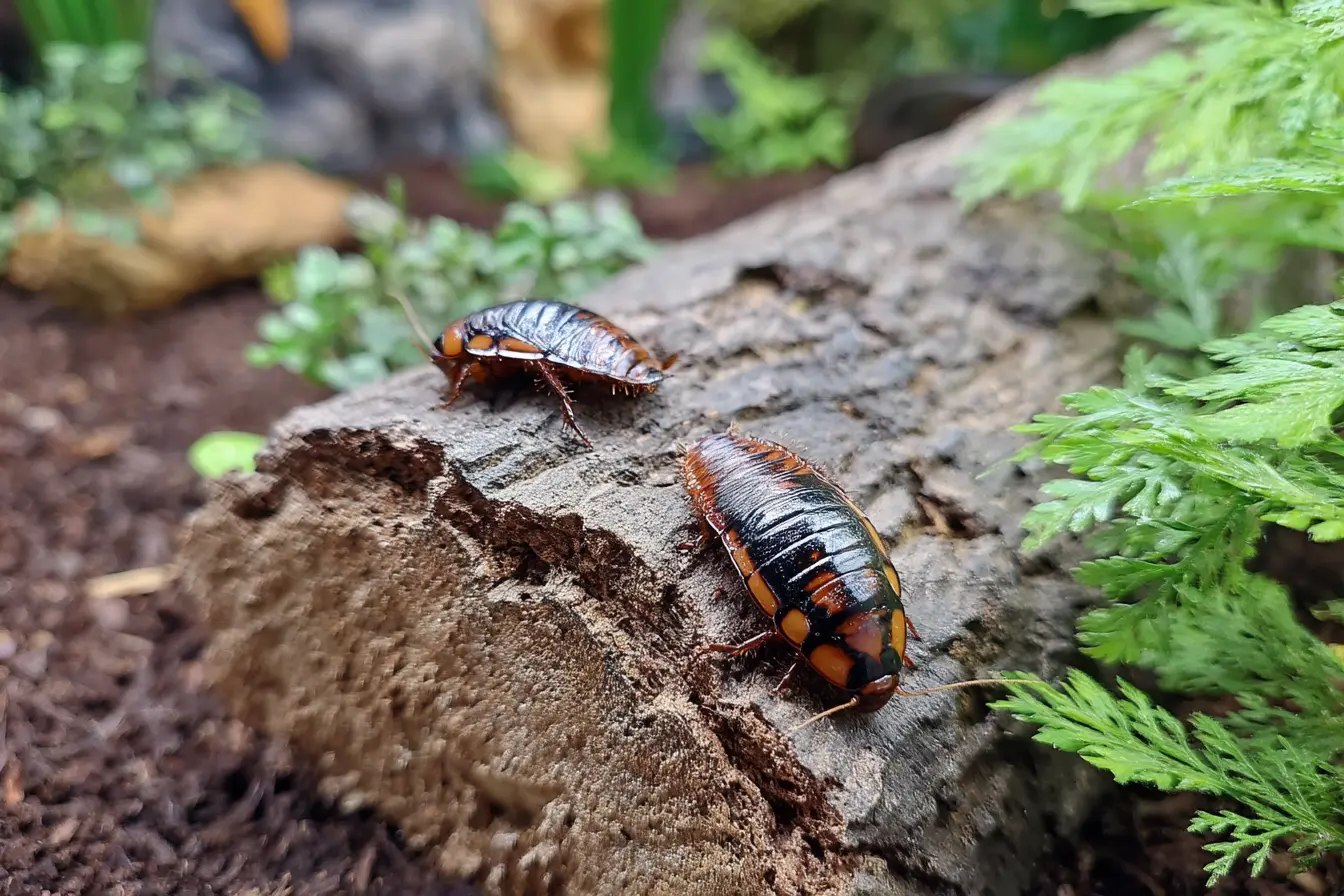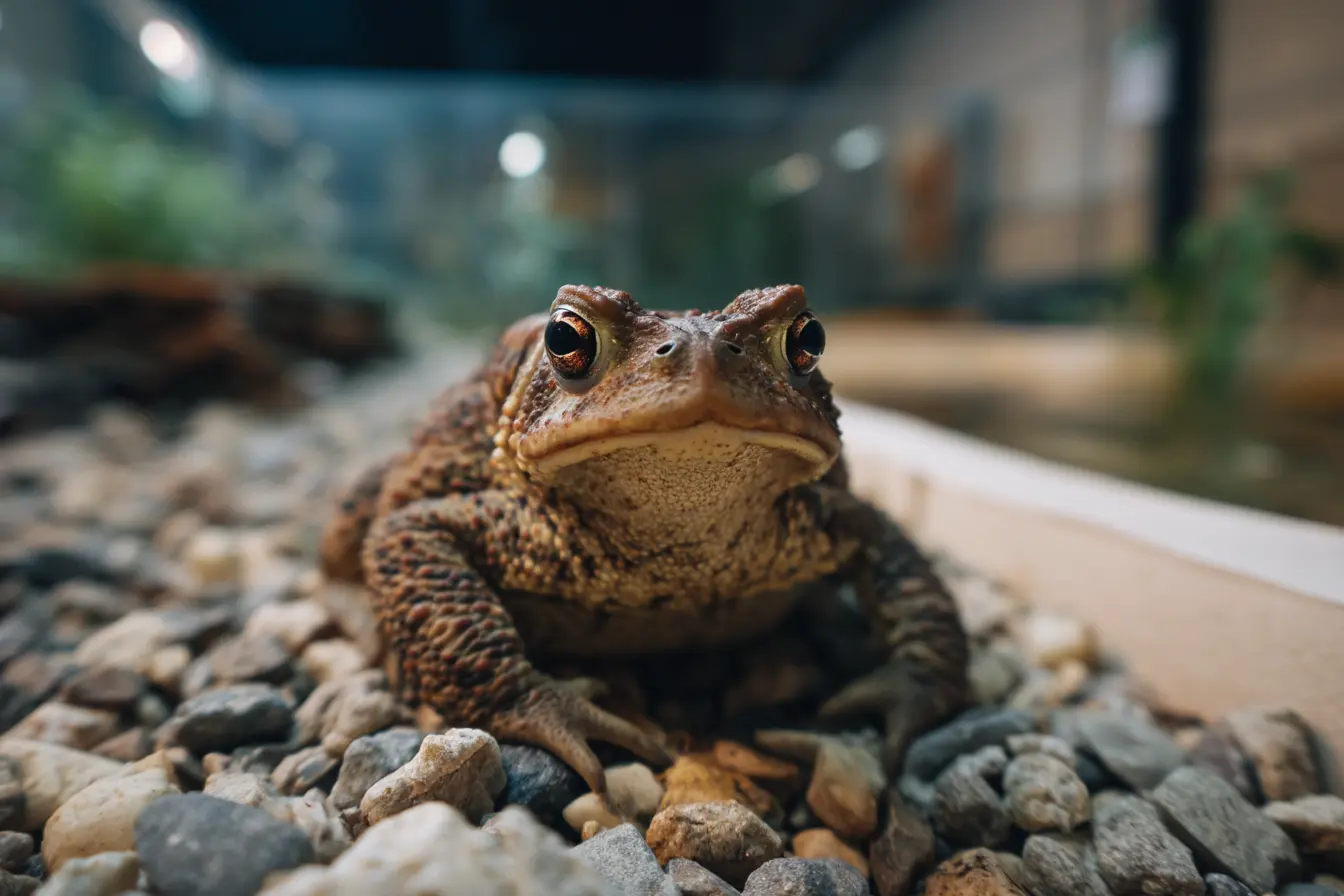
Keeping Common Toads as Pets: A Comprehensive Guide
The common toad (Bufo bufo) is a fascinating and relatively low-maintenance amphibian that can make a rewarding pet for the right owner. However, keeping toads requires careful attention to their specific needs, including habitat setup, diet, and overall care. This guide covers everything you need to know to provide a suitable home for these unique creatures.
Characteristics
Size
Common toads vary in size depending on their age and sex.
- Adult males typically grow between 6 and 8 cm (2.5 to 3 inches) in length.
- Adult females are larger, reaching 8 to 13 cm (3 to 5 inches) in length.
- Juveniles are much smaller, often starting at 1 to 2 cm (0.5 to 1 inch) after metamorphosis.
Lifespan
In the wild, common toads usually live for 10 to 12 years, but in captivity, they can live up to 30 years with proper care.
Colouration and Skin Texture
Common toads have rough, warty skin, which helps them retain moisture and provides some protection from predators. Their colouration varies and can include:
- Brown
- Grey
- Olive green
- Reddish-brown
Some individuals may have darker markings or speckling. Their skin can darken or lighten slightly depending on temperature and humidity levels.
Differences Between Males and Females
There are a few ways to distinguish males from females:
- Size – Females are generally larger than males.
- Build – Males tend to be slimmer, while females have a rounder body shape.
- Nuptial Pads – During the breeding season, males develop dark, rough patches on their front legs (nuptial pads), which help them grip females during amplexus (mating).
- Call – Males produce a soft, high-pitched chirping or croaking call during the breeding season, while females remain silent.
Legal Considerations and Ethics
Before acquiring a common toad, check local wildlife protection laws. In the UK, common toads are protected under the Wildlife and Countryside Act 1981, meaning it is illegal to take them from the wild without permission. Instead, look for toads that have been bred in captivity or consider creating a garden habitat to attract wild toads naturally.
It is important to remember that toads are not interactive pets like dogs or cats. They should be handled minimally to reduce stress and prevent harm to their sensitive skin.
Housing and Enclosure Setup
Common toads require a spacious and naturalistic enclosure to thrive. A glass or plastic terrarium of at least 90 cm (3 feet) in length is recommended for one adult toad. If housing multiple toads, ensure there is plenty of space and hiding spots to prevent stress.
Substrate
A moisture-retaining, soft substrate is ideal for common toads. Good options include coconut fibre, soil-based reptile substrate, or a mix of organic soil and sphagnum moss. Avoid gravel, sand, or other sharp materials that could cause impaction if swallowed.
Temperature and Humidity
Common toads are cold-tolerant and do not require artificial heating unless the room temperature falls below 10°C (50°F). They thrive best in temperatures between 10°C and 22°C (50°F to 72°F). Humidity should be kept at around 50-70%, with a light misting of dechlorinated water every few days to maintain moisture levels.
Lighting
Toads are nocturnal and do not require UVB lighting, though a low-output UVB bulb can be beneficial for their overall health. A standard day-night light cycle using ambient room light or a low-wattage LED is sufficient.
Water and Hydration
Provide a shallow water dish large enough for the toad to sit in comfortably. The water should be dechlorinated and changed daily to prevent bacterial growth. Common toads absorb water through their skin, so maintaining a clean water source is essential.
Hides and Enrichment
Toads need plenty of hiding places to feel secure. Provide bark, cork rounds, rocks, and live or artificial plants to create a natural environment. A bioactive setup with live plants and microfauna (such as springtails and isopods) can help maintain a cleaner habitat.
Diet and Feeding
Common toads are insectivores and require a varied diet of live prey. Suitable food items include:
- Crickets
- Earthworms
- Mealworms (occasionally)
- Waxworms (as a treat)
- Woodlice
- Small slugs
Feeding Schedule and Portion Sizes
Toads should be fed according to their size and age:
- Juvenile toads (under one year old) should be fed daily with 4-6 appropriately sized insects per feeding.
- Adult toads should be fed every 2-3 days with 6-10 appropriately sized insects per feeding.
- Large toads may eat up to 12 insects per feeding depending on their activity level and metabolism.
Always monitor their body condition to ensure they are neither underweight nor overweight. If a toad starts gaining excessive weight, reduce feeding frequency or portion sizes.
Dust food with a calcium supplement once a week and a multivitamin supplement every two weeks to prevent nutritional deficiencies.
Handling and Behaviour
Toads should not be handled frequently, as their skin is highly absorbent and can be harmed by human oils, chemicals, or residues. If handling is necessary, wash your hands thoroughly with dechlorinated water before and after.
Common toads are generally slow-moving and docile but may inflate their bodies or secrete a mild toxin if they feel threatened. Always approach them gently and avoid sudden movements.
Health and Common Issues
Toads are hardy animals but can suffer from health problems if their environment is not properly maintained. Watch for signs of the following conditions:
- Skin infections – Redness, swelling, or lesions can indicate bacterial or fungal infections.
- Parasitic infestations – Weight loss and poor appetite may be signs of internal parasites.
- Impaction – Difficulty defecating or bloating may result from ingesting indigestible substrate.
- Dehydration – Sunken eyes and dry skin indicate a need for more moisture.
If you notice any of these symptoms, consult a veterinarian with experience in amphibians.
Brumation and Seasonal Changes
In the wild, common toads enter a state of brumation (hibernation-like dormancy) during colder months. In captivity, this is not necessary if temperatures remain stable. However, if you wish to mimic their natural cycle, you can gradually reduce the temperature and feeding schedule in autumn, allowing them to slow down naturally before gradually warming them up in spring.
Breeding and Egg Laying
Breeding toads in captivity is challenging and should only be attempted by experienced keepers. In the wild, toads migrate to ponds to breed in early spring, laying long strings of eggs in water. Captive breeding requires simulating a winter cooling period followed by access to an appropriate breeding pond or tank.
Conclusion
Common toads can be fascinating pets for those willing to provide the right care. While they require minimal handling, their dietary and environmental needs must be met to keep them healthy and stress-free. By creating a naturalistic enclosure, maintaining proper humidity levels, and feeding a varied diet, you can ensure your toad thrives in captivity.
If you're interested in keeping toads, consider setting up a wildlife-friendly garden instead, allowing them to visit naturally while benefiting the local ecosystem. Whether in captivity or the wild, these amphibians play a crucial role in maintaining ecological balance and deserve proper respect and care.
Vets near you
Speciality vets
- Aquatics vet specialists
- Birds vet specialists
- Camelids vet specialists
- Cats vet specialists
- Cattle vet specialists
- Deer vet specialists
- Dogs vet specialists
- Equines vet specialists
- Exotic vet specialists
- Goats vet specialists
- Pigs vet specialists
- Poultry vet specialists
- Sheep vet specialists
- Small Mammals vet specialists
- Wild vet specialists
